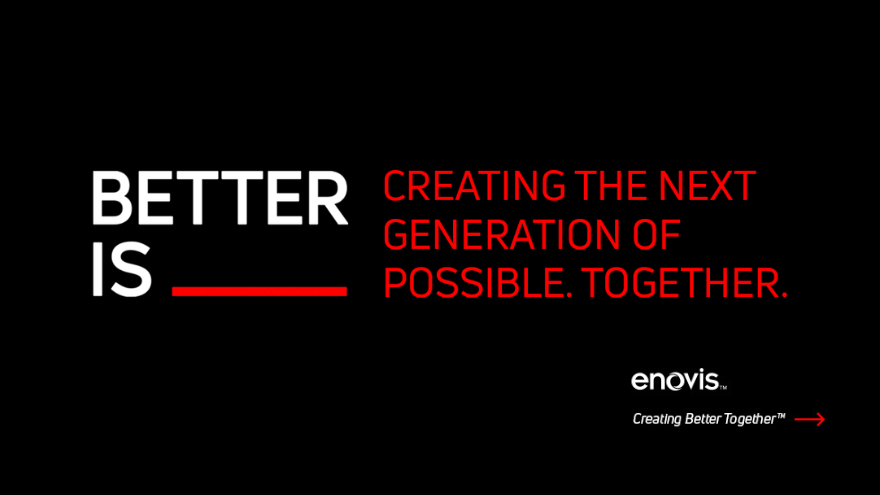YouTube launches health content creator, AI dubbing initiatives
YouTube launches health content creator, AI dubbing initiatives unknown YouTube launches health content creator, AI dubbing initiativesFierceHealthcare
YouTube announced two programs Thursday that the Google-owned video platform said will give healthcare content creators new opportunities to educate diverse audiences.
.png)
The first, called THE IQ Creator Program, is an expansion oflast year’s THE IQ—or, Tackling Health Equity Through Information Quality—initiative that had tapped nonprofit organizations to create health education content.
The new initiative will vet and accept “around 50 or so” health content creators, each of whom will receive guidance from YouTube’s specialists and a $10,000 investment to make and release health education videos targeting their underserved audiences, Garth Graham, M.D., director and global head of healthcare and public health at Google, told Fierce Healthcare.
The second new program is a healthcare-focused pilot of Aloud, an early access AI tool developed by Google that helps users dub their videos into different languages, Graham continued.
Mass General Brigham, the Journal of the American Medical Association (JAMA), Elsevier’s Osmosis visual learning platform and the Global Health Media Project will each help YouTube fine-tune the tool by creating and releasing new health education videos for Spanish- and Portuguese-speaking communities.
Both initiatives reflect YouTube’s goal of leveraging cultural representation and targeted messaging to address issues of health disparities, Graham said.
“Information, particularly for underserved communities, can be a powerful factor in improving health outcomes,” he said.
Tapping content creators for targeted messaging
THE IQ Creator Program will tap dozens of international content creators who are representative of and speak to specific underserved communities—for instance, the Black, Indigenous or LGBTQ+ communities in the U.S., Graham said. YouTube will also be targeting individuals, or individuals who represent organizations, with a range of professional experience within healthcare such as doctors, nurses, clinical social workers or family therapists.
Those selected for the program will be given access to workshops focused on best practices and video production, $10,000 of financial assistance and other hands-on support from YouTube’s in-house specialists, Graham said. The roughly yearlong program will culminate in “24 pieces or so” of original, short- and long-form content from each creator, he said. Applications to participate are open now through Oct. 5.
Graham said the content creator initiative builds on strategic and collaborative lessons YouTube learned with last year’s THE IQ program, which he noted is still ongoing and has yielded more than 30 original videos from partner organizations like the National Birth Equity Collaborative and the Loveland Foundation.
YouTube also is banking on more representative health messaging making a mark on underserved communities.
Here, Graham pointed to an academic clinical trial published in JAMA Network Open over the summer that, among other trends, found that Black adults more often trusted online educational videos about prostate cancer that featured a Black presenter. The study’s observations about racial concordance “really underscores this idea of why diversity of voices can build trust in healthcare information,” he said.
AI-powered language dubbing
But while the creator program focuses on developing targeted health content and messengers, YouTube’s AI-powered initiative ultimately aims to connect existing health platforms’ materials to additional, hard-to-reach audiences.
The Aloud healthcare pilot will allow the four partner healthcare organizations dub English-language educational videos into Spanish and Portuguese, with “more languages to come as we develop it further,” Graham said.
The tool uses Google’s natural language processing capabilities to identify and transcribe the audio script of a video. Content creators can review and edit the text for any inaccuracies before it is inputted back into the system for translation, synthesized into speech and layered over the video’s background audio, Graham said. Users then have a clear toggle when watching the video to choose which supported language to hear as they watch the video.
“We want to use this pilot, to take these learnings and look at it all and scale it to other health partners as well,” Graham said. “And when you think about the language diversity we have not just in the United States but around the world, this is really about improving information quality.”
Aloud has already been used to dub other types of video content, though the complexity and sensitivity of health information requires a more focused test to ensure accuracy, Graham said. Organizations partnering in the pilot will provide feedback on their experience creating dubbed videos with the tool, which the physician leader said could be released anytime “in the next couple of weeks.”
Of note, YouTube will be paying close attention to the engagement metrics of videos from both initiatives to better understand how, and how much, the programs are spreading health information.
“We’re going to be learning a lot about the context of how you take information, particularly health information, using these technologies to translate into other languages, and … how to expand the reach base … and engagement in general,” Graham said. “Going to the macro vision of both strategies coming together, it’s really about this idea of engaging diverse communities [with] health information coming from quality sources, whether that be creators [or] JAMA.”
Initiatives like these that seek to spread reliable health information work to counter the deluge of misinformation shared across online content platforms, an issue that came to a head during the COVID-19 pandemic.
Among YouTube’s other efforts on this is surfacing and branding content from trustworthy sources, such as educational institutions or public health departments, as reliable health information. Late last year, the platform expanded this strategy with an application pathway for licensed medical professional content creators to receive similar treatment.